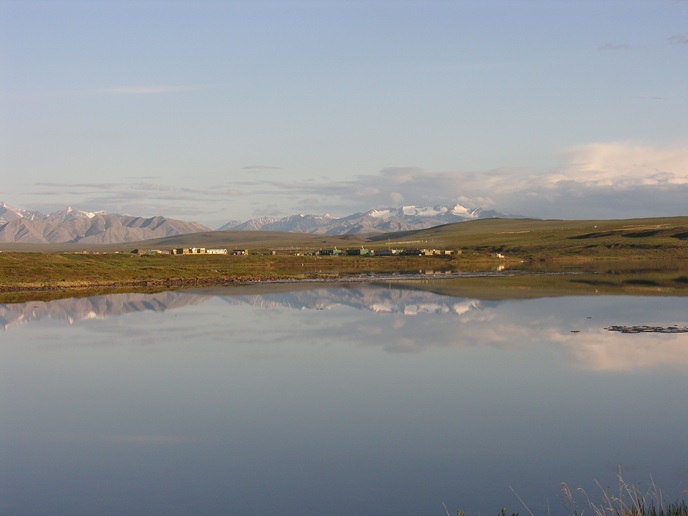Arctic research cooperation delivers global benefits
The Arctic is a relatively small area, and sea and weather patterns mean that what happens in one jurisdiction impacts what happens in another. Furthermore, the climate is warming three times faster in the Arctic than the global average. This accelerated change is having unprecedented and unpredictable consequences – consequences that, due to interconnected atmospheric and ocean circulations, are being felt across the globe. “Understanding what is happening in the Arctic is imperative for improving the lives of people living in the EU, the U.S. and elsewhere,” says Syndonia Bret-Harte, professor of biology at the University of Alaska, Fairbanks(opens in new window) and a member of the EU-funded INTERACT(opens in new window) project. “Anything we can do to improve research collaboration across national boundaries means we will all be better prepared for the future.”
Access to Alaska’s cutting-edge facilities
INTERACT set out to strengthen collaborative monitoring across the Arctic by creating a network of around 80 terrestrial research stations in the EU, Canada and the U.S. The project’s central aim was to enable researchers from one country to work at a field station in another. “In INTERACT, getting funding for transnational access for early-stage researchers was a great thing for us,” explains Bret-Harte. “I reviewed proposals on the transnational access board, where we received something like 1 600 applicants.” The University of Alaska’s Toolik Field Station(opens in new window) – one of the largest in the Arctic region – welcomed a number of young European researchers, who had access to the station’s facilities to run their projects. Getting there involves driving for 12 hours along a largely unpaved road. “Around 150 scientists work here in the summer, so it feels like a little town,” says Bret-Harte. “We do lots of different types of monitoring and were able to offer these services to other stations.”
From permafrost soils to bumblebees
More than 1 000 scientists from around the world were able to conduct collaborative research through INTERACT’s network. Projects ranged from studying greenhouse gas dynamics in the subarctic and seeing how snow cover insulates permafrost soils to looking at the impact climate change has on indigenous peoples. One unexpected outcome was the discovery of a new bumblebee species. The experience positively benefited a number of individual researchers and has helped to strengthen the U.S. research community. “Some of the scientists we hosted here in Alaska came back to work with us later with their own funding,” adds Bret-Harte. “One Polish researcher ended up getting a permanent research position in the U.S..” The project continues to facilitate the sharing of information and results through its data portal and regularly publishes articles on issues such as extreme Arctic weather events, Arctic tourism and reducing plastic consumption and pollution. Bret-Harte and her colleagues at the University of Alaska, Fairbanks were also instrumental in developing guides on best practices for field station managers and young researchers.
Future Arctic cooperation
To ensure that international collaboration continues, INTERACT project partners have established a non-profit association(opens in new window) to ensure the long-term sustainability of the network. “I think integrating perspectives from the U.S. enriched the whole project,” remarks Bret-Harte. “This was a very rewarding project to be involved in.” The success of INTERACT has also paved the way for POLARIN, another EU-funded project with a critical transatlantic dimension. Over the next five years, researchers from the EU and U.S. will have access to Arctic and Antarctic research stations, research vessels and icebreakers operating at both poles, observatories, data infrastructures, ice and sediment core repositories. Many of the transatlantic partners in INTERACT are also working on the Arctic PASSION project, which aims to standardize environmental monitoring in the region. “The more information we get on the ground, the better,” adds Bret-Harte. “I am sure that the network of international connections that INTERACT built up will persist.”



